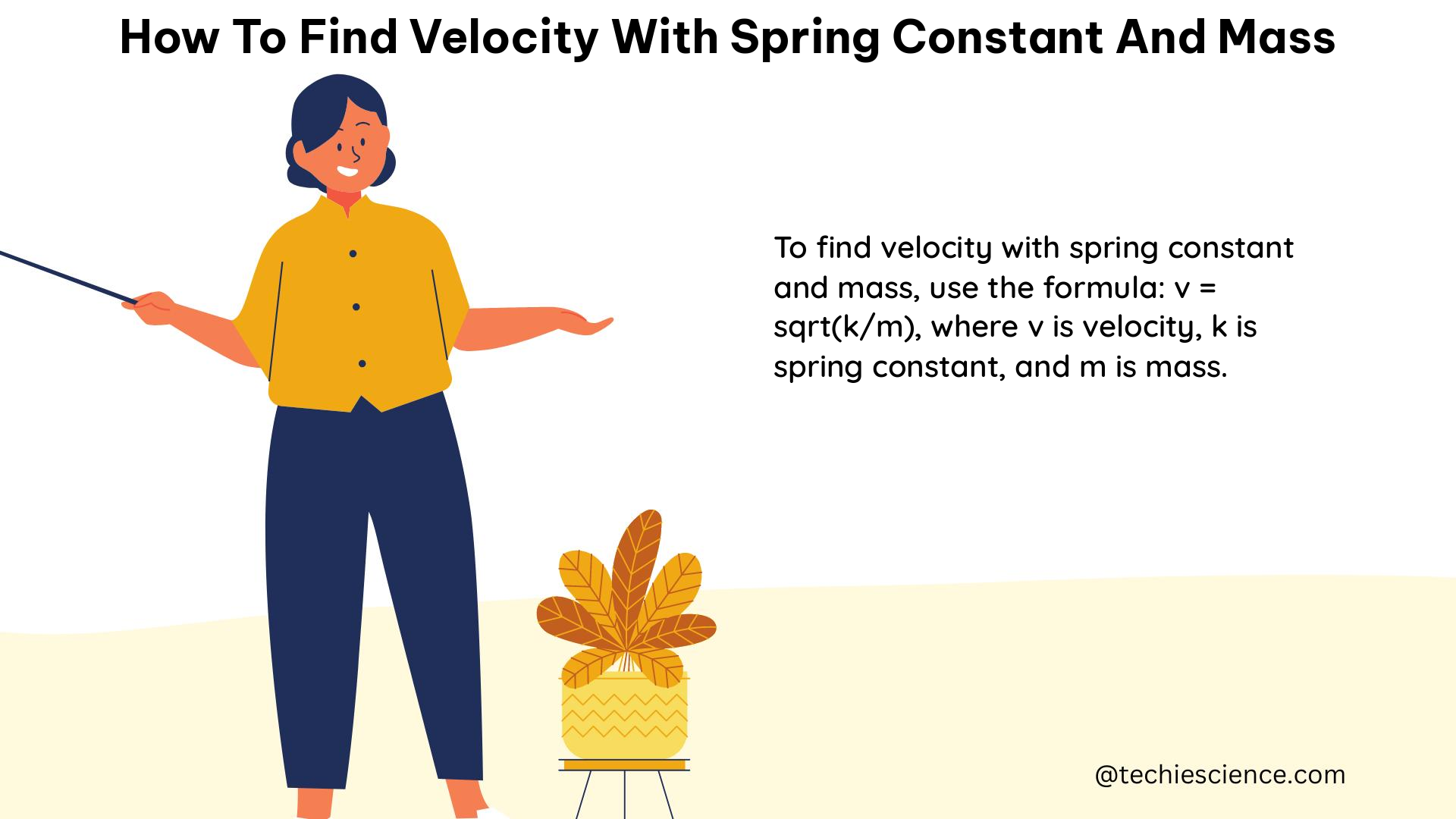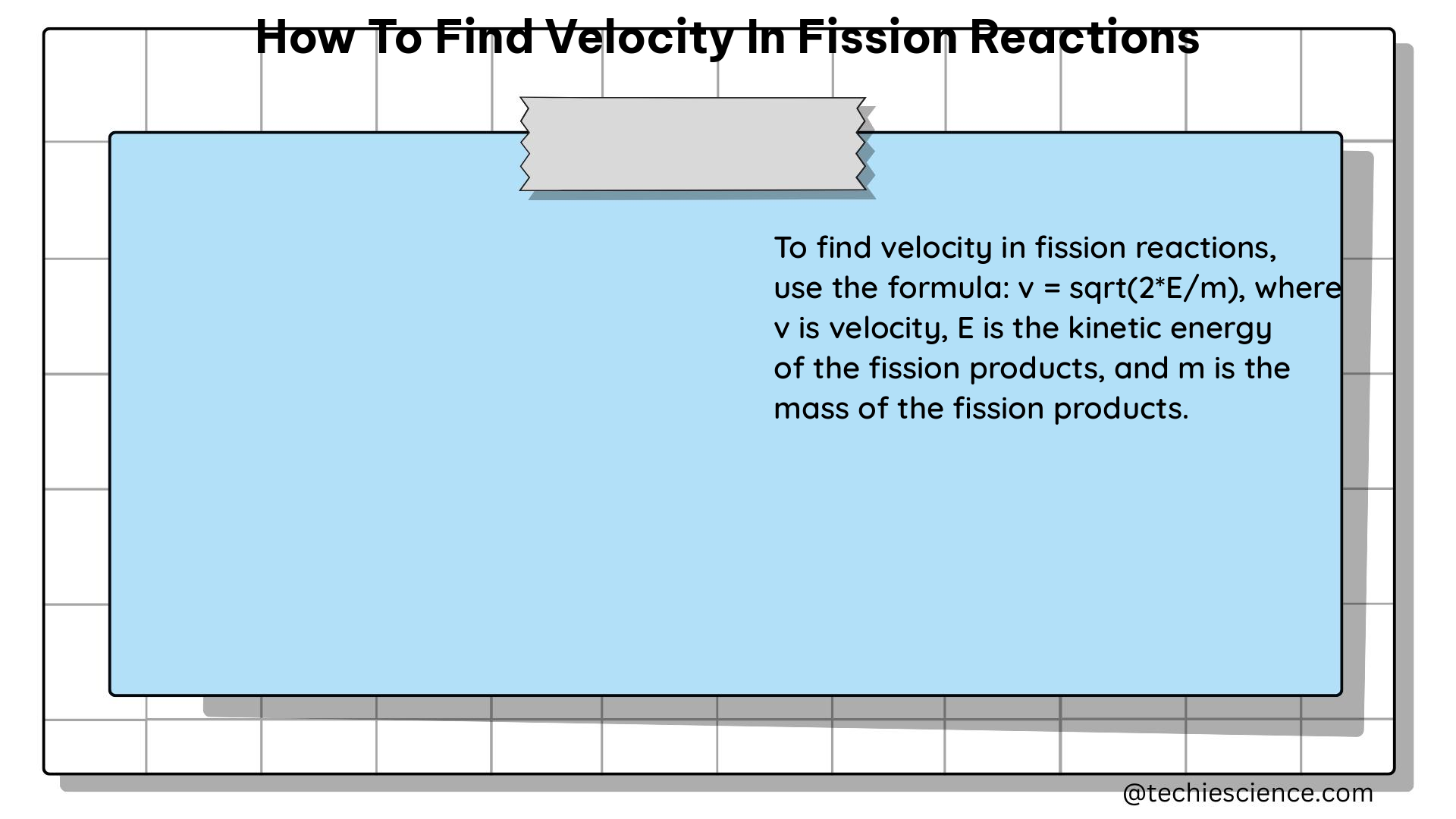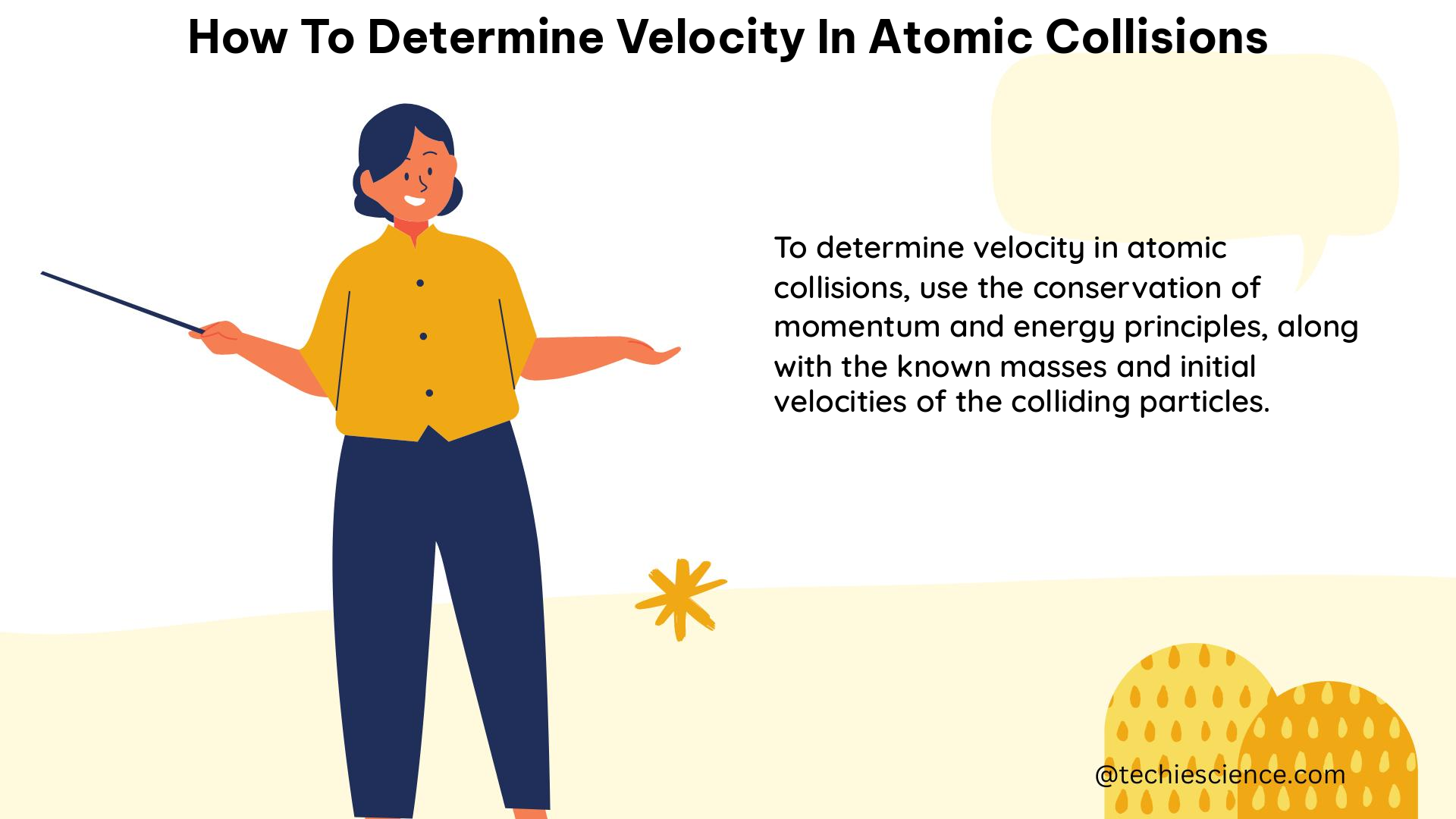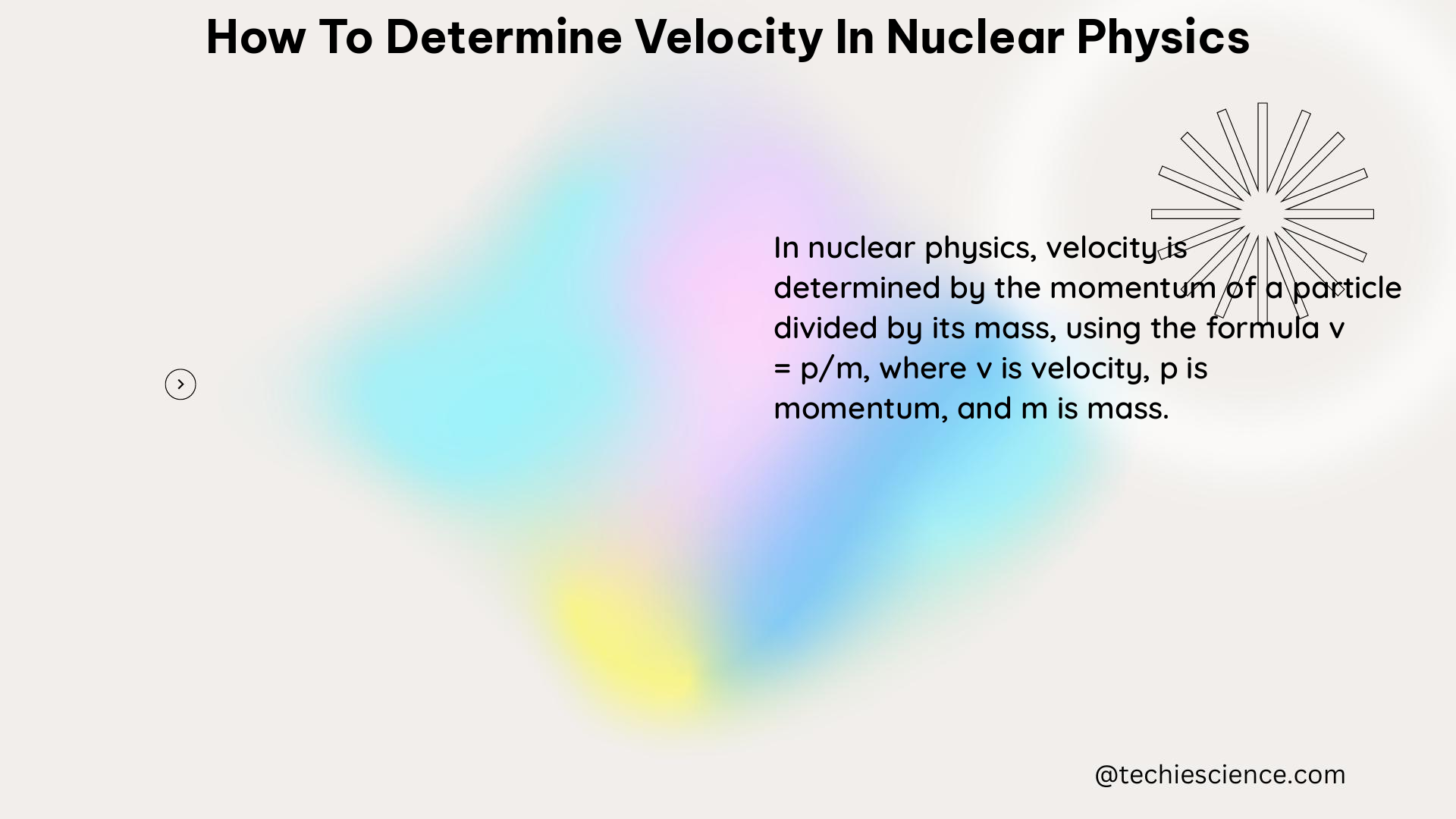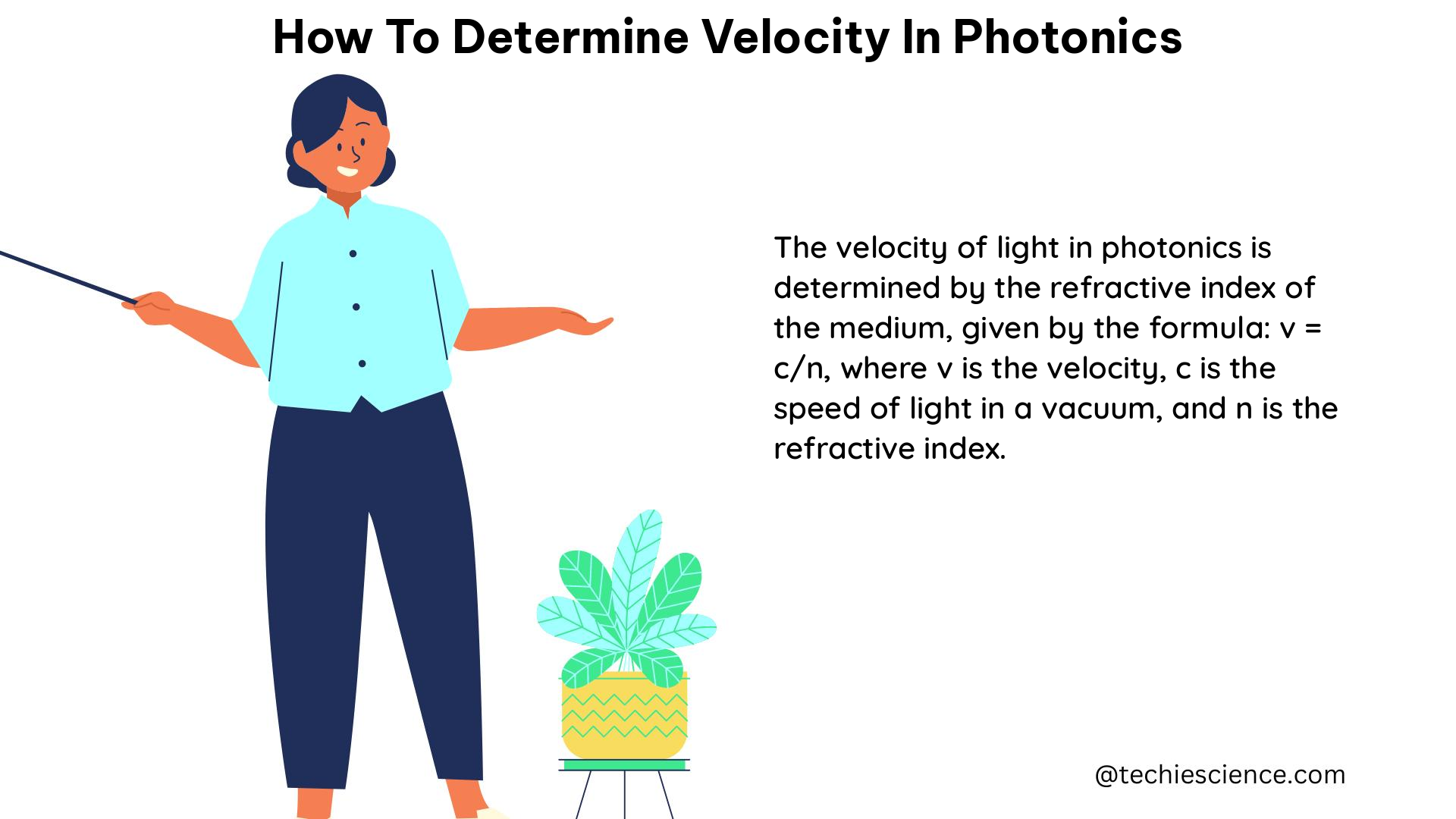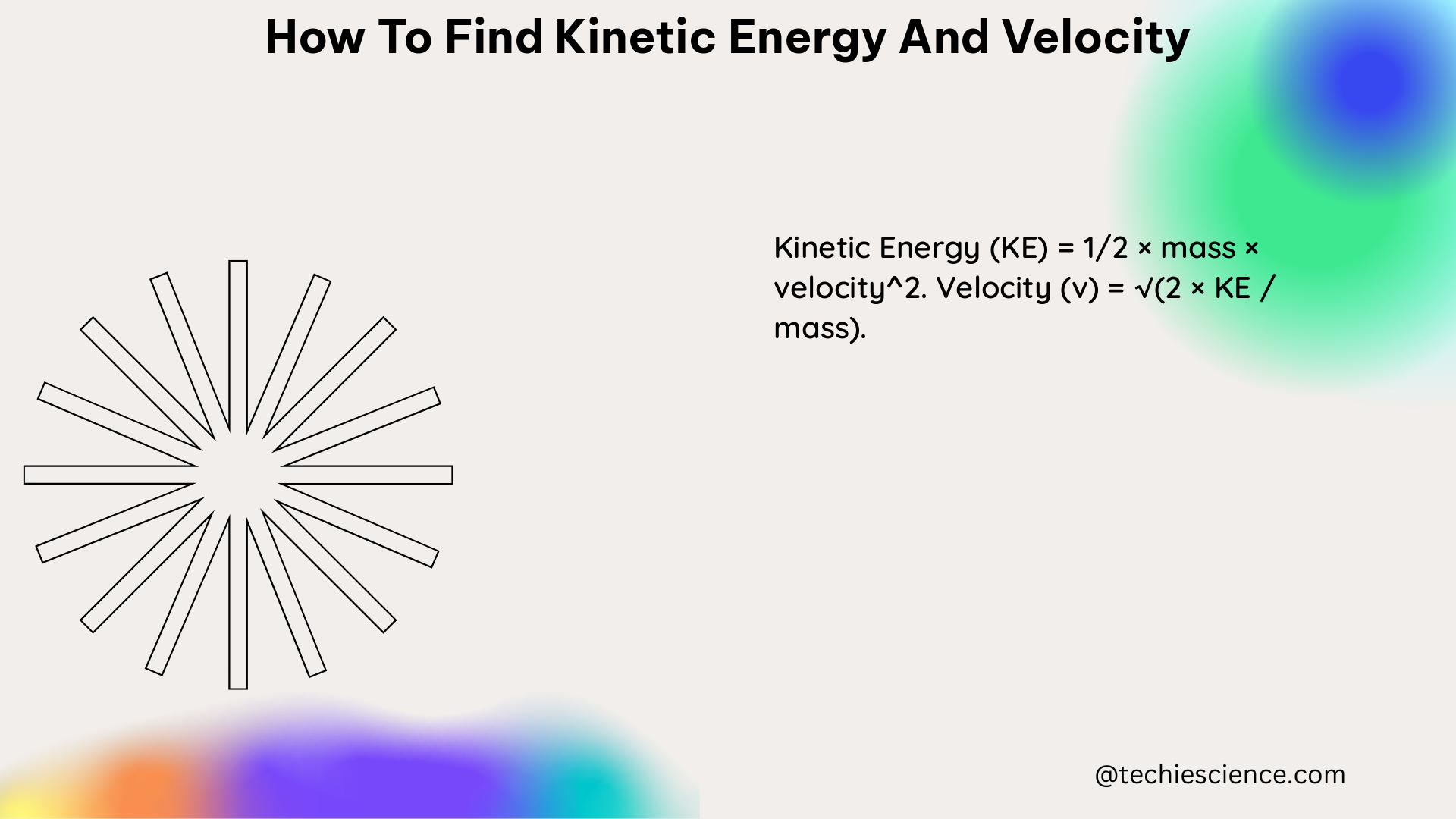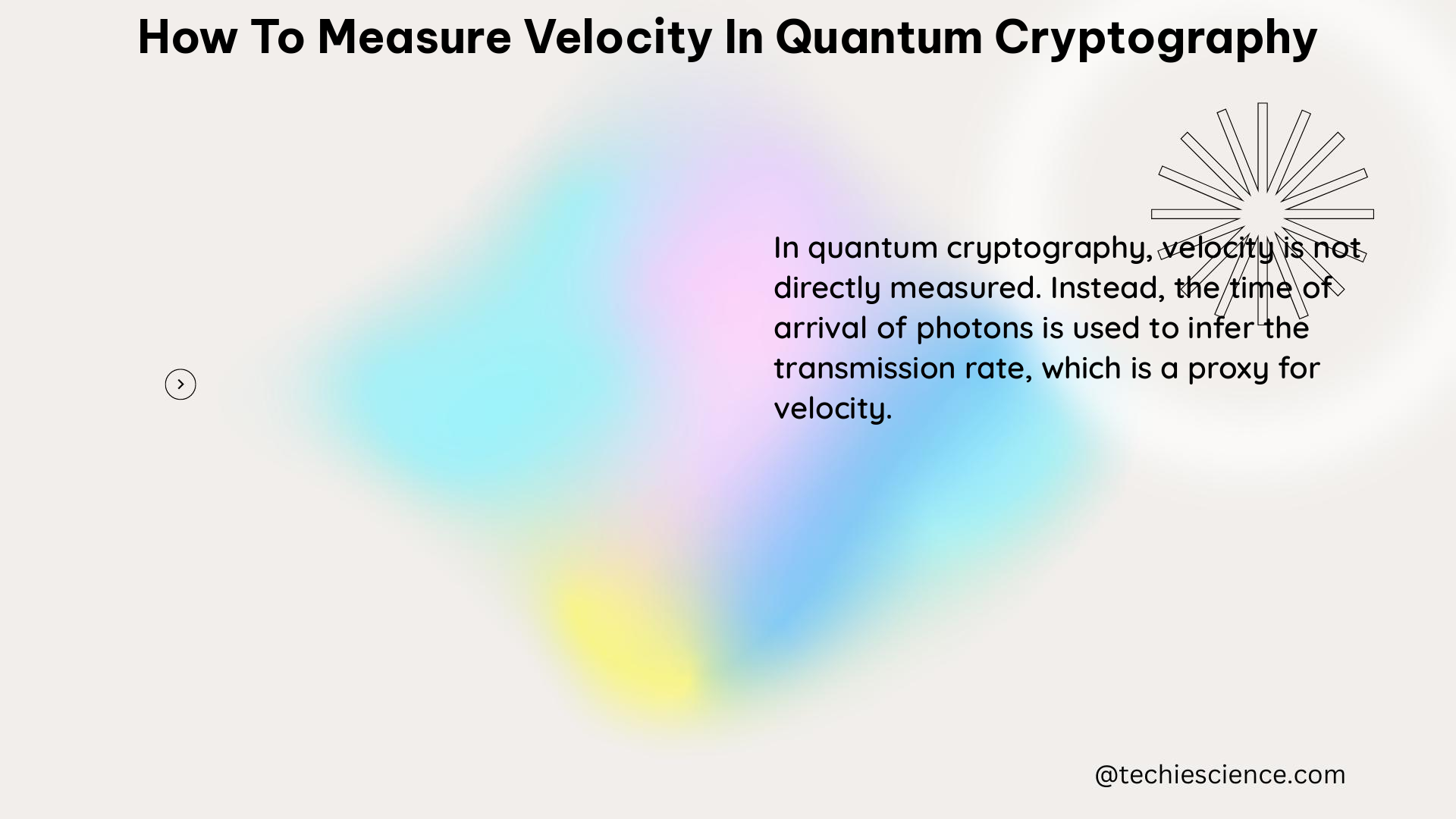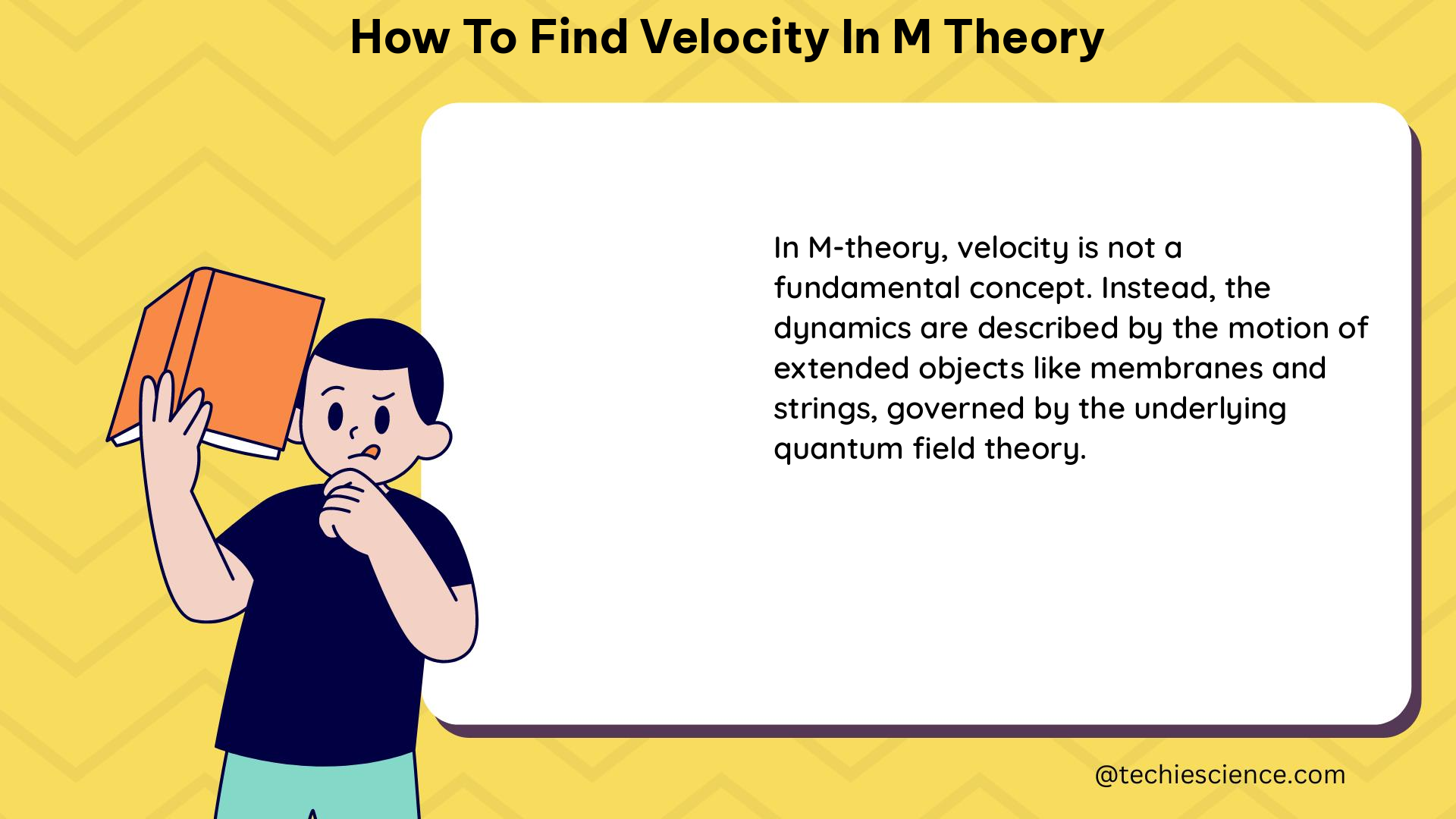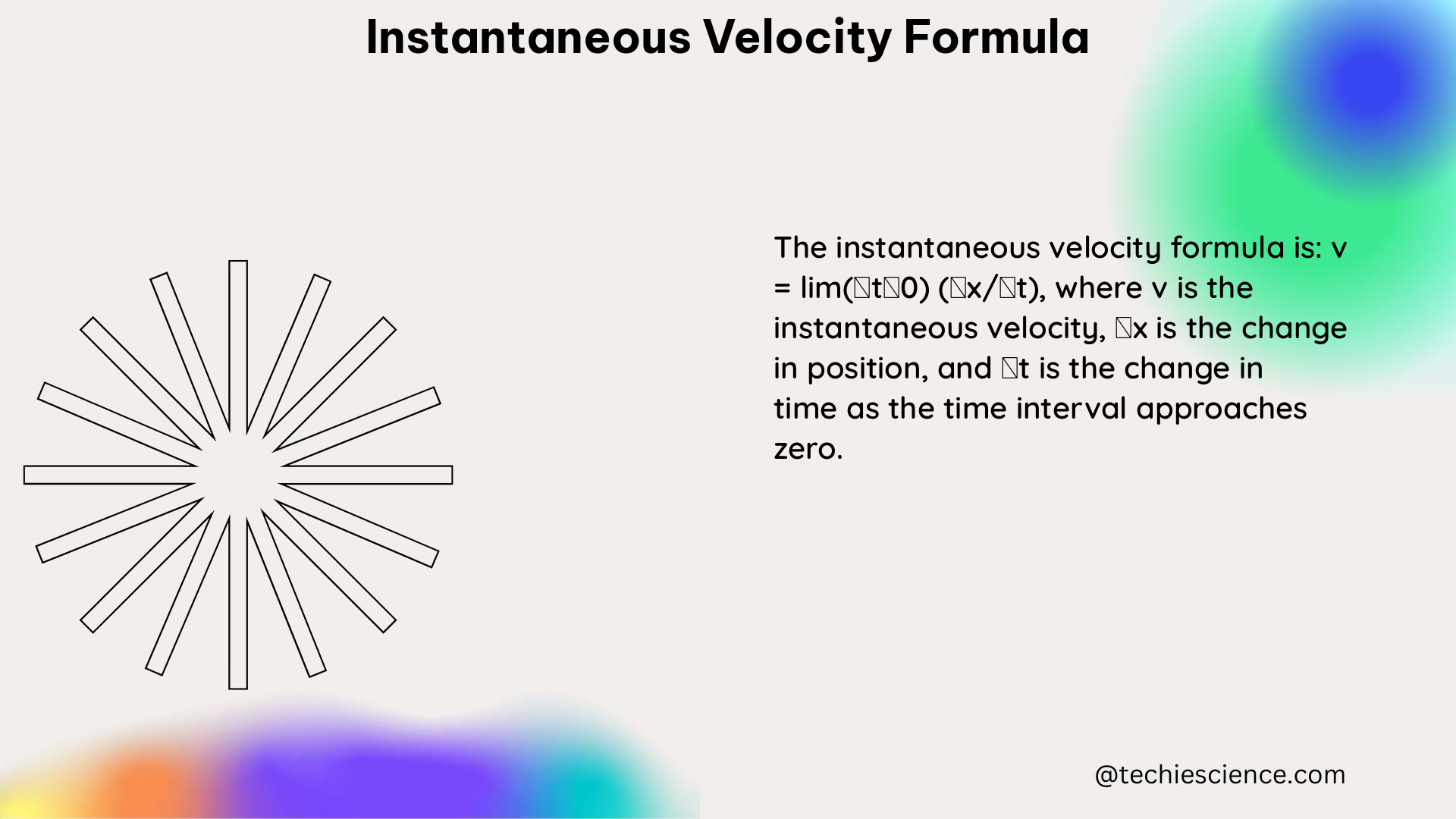A Comprehensive Guide: How to Find Velocity in Pulsars and Quasars
Determining the velocity of celestial objects like pulsars and quasars is a crucial aspect of astrophysical research. This comprehensive guide will delve into the techniques and formulas used by astronomers to measure the velocity of these fascinating cosmic phenomena. Understanding Redshift The key to finding the velocity of pulsars and quasars lies in the concept … Read more

